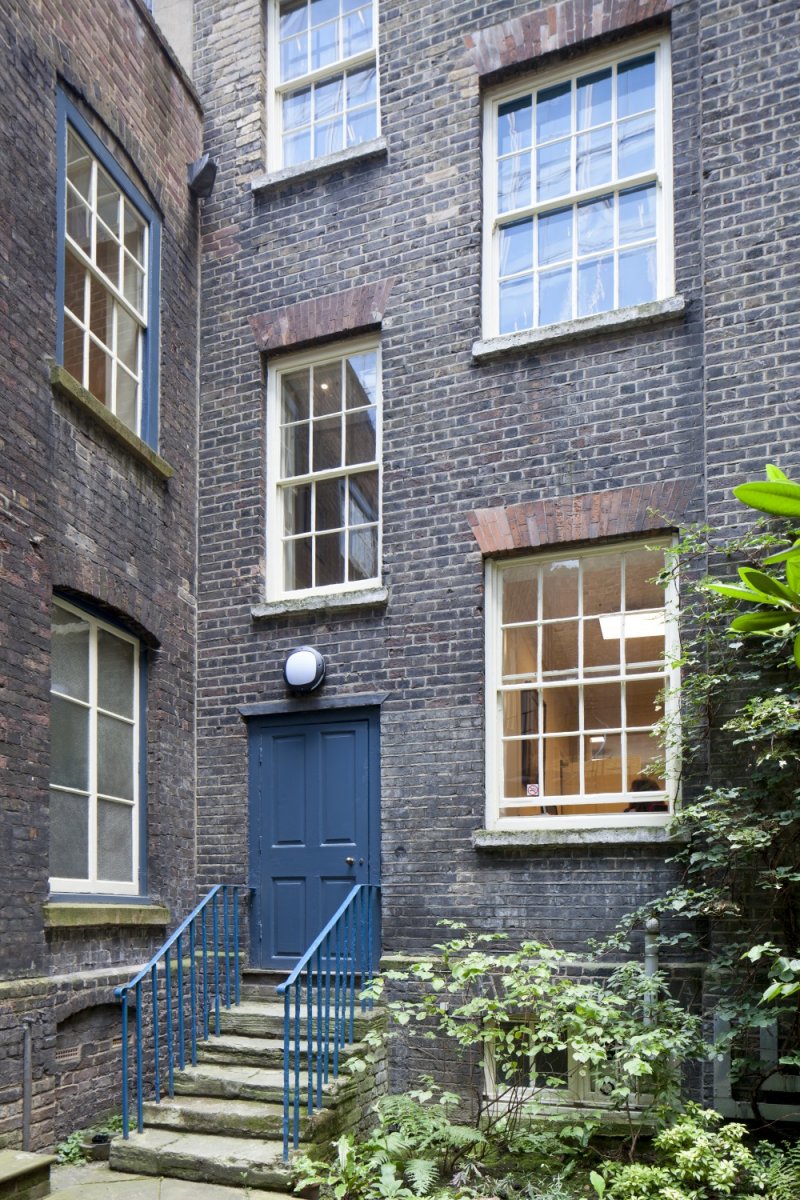How do we best measure the environmental impact of our home energy use?
Share on:
Our friends the STBA (Sustainable Traditional Buildings Alliance) is campaigning for government to change the standard way household energy performance is presented.
Ahead of our joint conference, here the STBA set out their proposal to change the domestic EPC headline rating (A-F) from the Energy Efficiency Rating (EER) to the Environmental Impact Rating (EIR)
What is the issue?
The Government has committed to the decarbonisation of the domestic building stock. However, the main metric used in policy initiatives is the headline rating of the EPC - which estimates the cost of energy, not the carbon impact. There is a mismatch between the Government’s main policy aim (decarbonisation) and its chosen headline metric (estimated cost of energy) in the domestic sector. By fuel switching, for example, it is quite possible to improve the EPC score, while increasing carbon emissions - which achieves the opposite of what is intended. The headline rating on the front page of the EPC is currently the Energy Efficiency Rating (EER). This rating estimates the cost of energy needed to heat and operate a dwelling over the course of a year. By contrast, the Environmental Impact Rating (EIR) which estimates CO2 emissions from dwellings is currently to be found on the last page of the EPC. The Clean Growth Strategy, the MEES Private Rented Sector (PRS) legislation and other policy documents which seek to reduce carbon dioxide emissions from buildings, all use the EER at present.
 What is the solution?
What is the solution?
Change the headline rating on the domestic EPC to the Environmental Impact Rating (EIR), which estimates CO2 emissions. The EIR is already on the EPC so no additional information needs to be collected. Many member states in the EU, where the EPC originated, use the EIR as their headline rating.
The advantages of the proposed change
• Aligns the metric with the main policy driver (decarbonisation).
• Brings domestic EPCs into line with non-domestic EPCs, which already use the EIR for the headline rating.
• Makes the target EPC ratings set out in (UK, Wales and Scotland) government policy more achievable1.
• Reduces risks for traditional buildings as EPC score improvement can be effectively achieved through fuel switching.
• Makes our system consistent with much of the rest of Europe. The EER remains relevant for the fuel poverty agenda, for which a more realistic target and a bespoke policy agenda should apply.
Hear more from the STBA at our joint conference on the Sustainability of Traditional Buildings on 6, 8 and 13 October. Book your place for the whole conference, or for individual days.
Photo credit: Andy Marshall
Sign up for our email newsletter
Get involved
